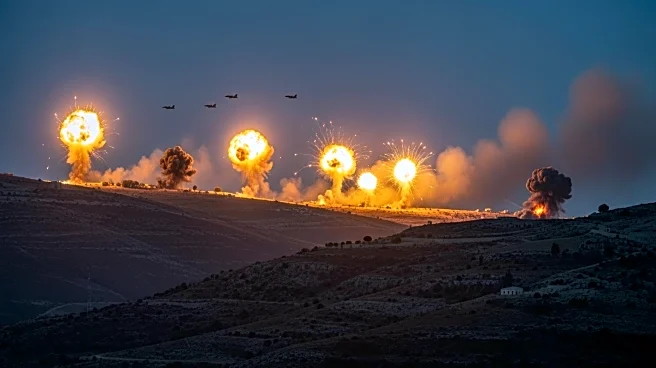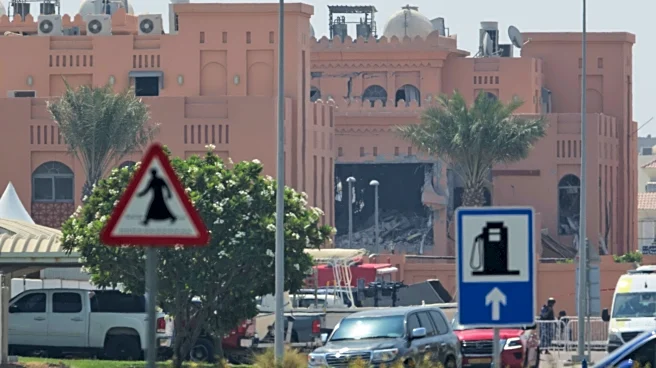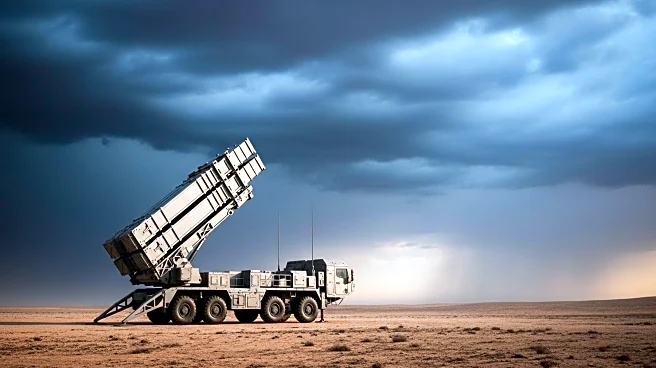What's Happening?
Iran has developed a fleet of stealth drones based on the reverse-engineering of a captured American RQ-170 Sentinel drone. The incident occurred on December 4, 2011, when the drone, during a test mission over Afghanistan, was jammed and redirected by the Iranian Revolutionary Guard, landing in Iran. This allowed Iran to access advanced stealth technology, leading to the creation of the Shahed-171 Simorgh, a near-perfect replica of the Sentinel. The Simorgh has become the basis for a series of operational variants designed for surveillance, attack, and suicide missions. These drones, including the Shahed-191 and Shahed-181, are equipped with advanced radar and munitions capabilities, and can be launched from mobile platforms, enhancing their tactical flexibility.
Why It's Important?
The development of these drones represents a significant advancement in Iran's military capabilities, potentially altering the balance of power in the Middle East. The stealth drones could complicate air defense systems of regional adversaries like Israel, which has already intercepted some of these drones. The drones' ability to be used for espionage and their potential deployment in regional conflicts pose a strategic threat to neighboring countries. Additionally, Iran's ability to produce and market these drones internationally could influence global military technology markets, offering cheaper alternatives to traditional stealth technology.
What's Next?
Iran's stealth drones remain largely untested in major conflicts, but their deployment could stretch the resources of adversaries like Israel across multiple fronts. The drones' use in espionage and potential sales to countries like Russia and India could further impact regional and global military dynamics. As Iran continues to refine and reserve these drones for strategic use, their deployment in future conflicts could significantly challenge existing defense systems and alter military strategies in the region.
Beyond the Headlines
The ethical implications of reverse-engineering foreign military technology raise questions about intellectual property and international military norms. Iran's ability to develop advanced military technology from captured equipment highlights the challenges of maintaining technological superiority in global military affairs. The potential for these drones to be used in asymmetric warfare scenarios underscores the evolving nature of modern conflicts, where traditional military advantages can be countered by innovative technological adaptations.












